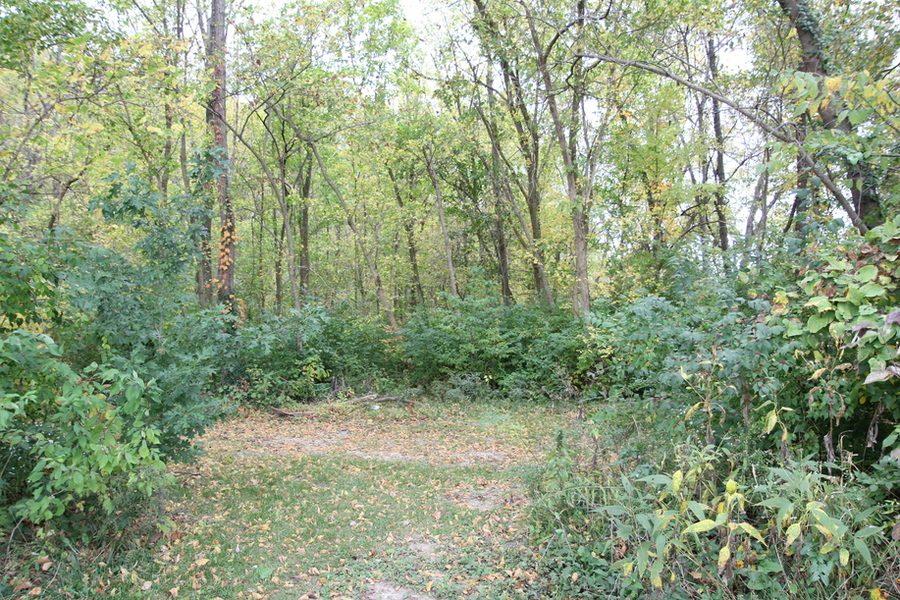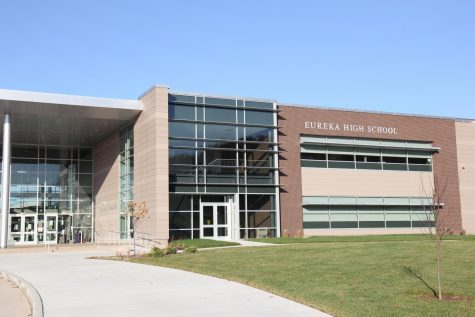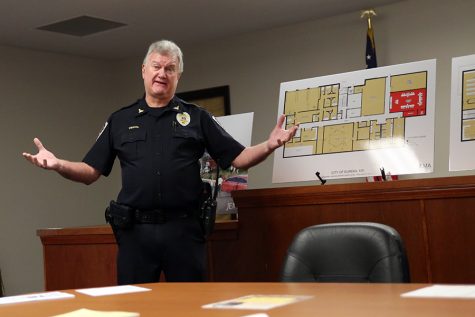Staff editorial: Nothing in the woods
Looking out at the woods, Oct. 18, there are no creepy clowns in sight.
South Carolina saw the beginning of the creepy clown chaos when young children reported of clowns trying to lure them into the woods in late August.
Social media users began to spread rumors of sightings of clowns in the United States through September and into October. Students at Pennsylvania State University even went on a “clown hunt” to try to confirm clown sightings near their campus that were later found to be false.
Locally, the Florissant Police Department had to release a statement, Oct. 2, in response to fears triggered by posts on “creepy clown” social media accounts that have no credibility and no clear owner.
Dr. Eric Knost, Rockwood superintendent, sent an email, Oct. 3, and wrote a public follow-up response, Oct. 4, to the fears.
Clown fears even prompted teenagers in the United Kingdom to dress up as clowns and worry even more people.
We believe the clown threats have been blown way out of proportion.
There have been instances of injuries in these clown encounters, as of Oct. 17, but the injured were people who engaged the clowns and played along with their tricks.
Instead of interacting with a “creepy” clown, trying to chase after a clown for a few retweets or likes on a video or spreading obviously photoshopped images of a clown on a roof or in a parking lot, we need to stop letting these people in costume get attention. Almost none of them are real clowns.
In fact, real clowns attempted to hold a “Clown Lives Matter” walk in Tucson, Arizona to demonstrate how they do not actually mean harm and are not like the clowns seen in the woods in South Carolina.
Social media is a powerful tool that can spread news worldwide in a matter of seconds, but it can also involve people in situations that they have no part in and make something large out of virtually nothing.
High schoolers today live in the Information Age. Students need to develop common sense when it comes to consuming information.
People of this age are so easily influenced by all the information that comes from the internet and by spoken word but they need to decide what has news value and what is a waste of time.
Your donation will support the student journalists of Eureka High School - MO. Your contribution will allow us to purchase equipment and cover our annual website hosting costs.

This is Caleb’s second semester on the EHS-hub staff. He is sports editor. You can follow him @csigmundEHS_hub.
His hobbies include biking, making...
























kathie adams • Oct 19, 2016 at 8:40 PM
Well done Caleb!
I hope that people will consider the validity of posts before they are propagated. Some things just don’t make sense, but the issues tap into emotions, especially fear and the desire for fame.
Thank you for the reality check.